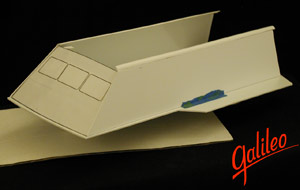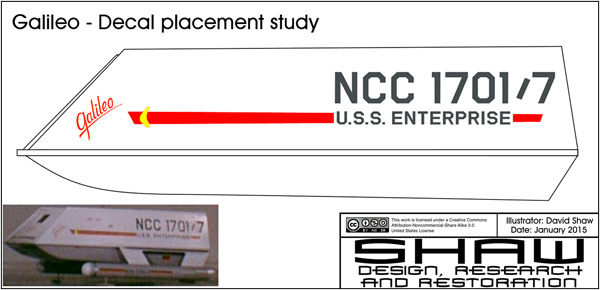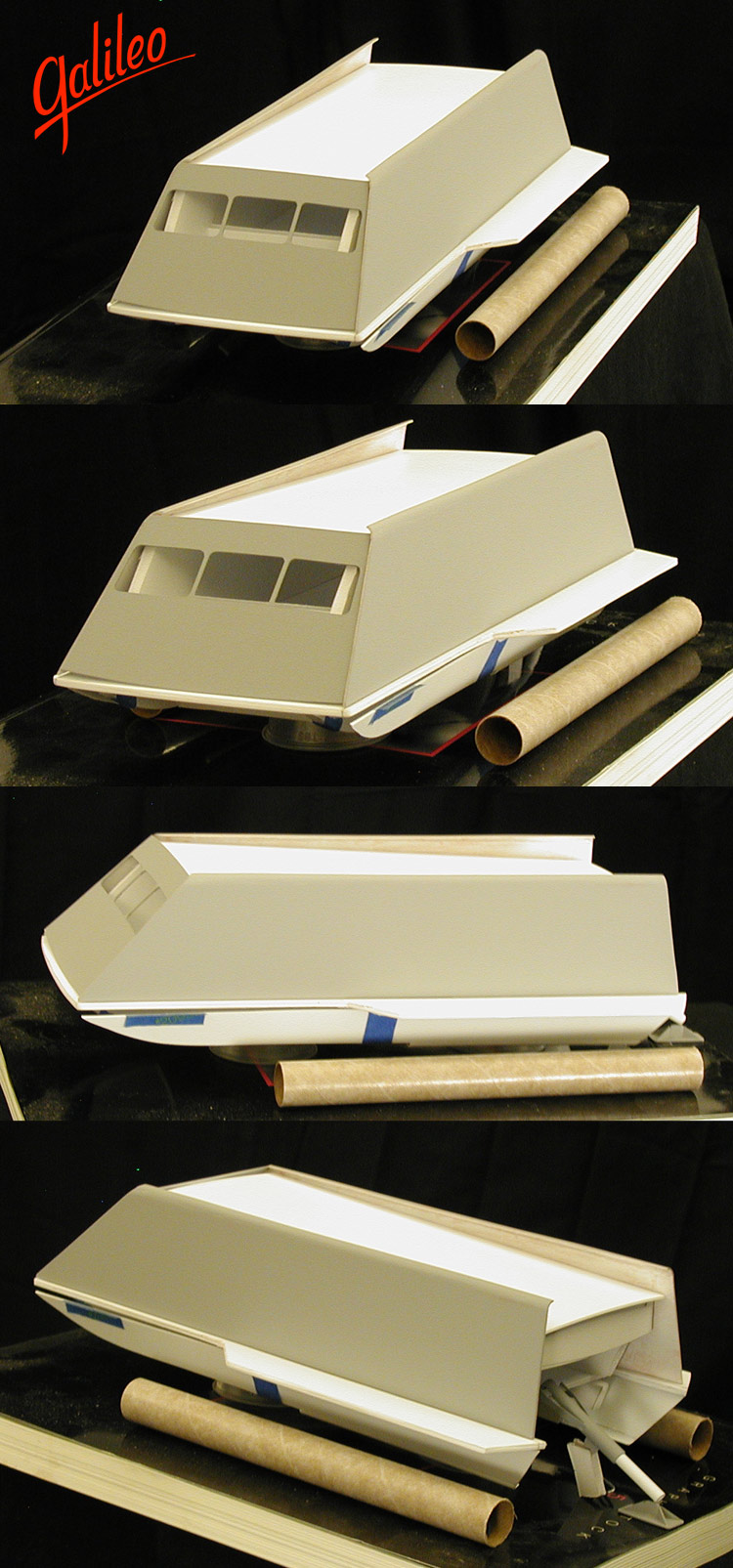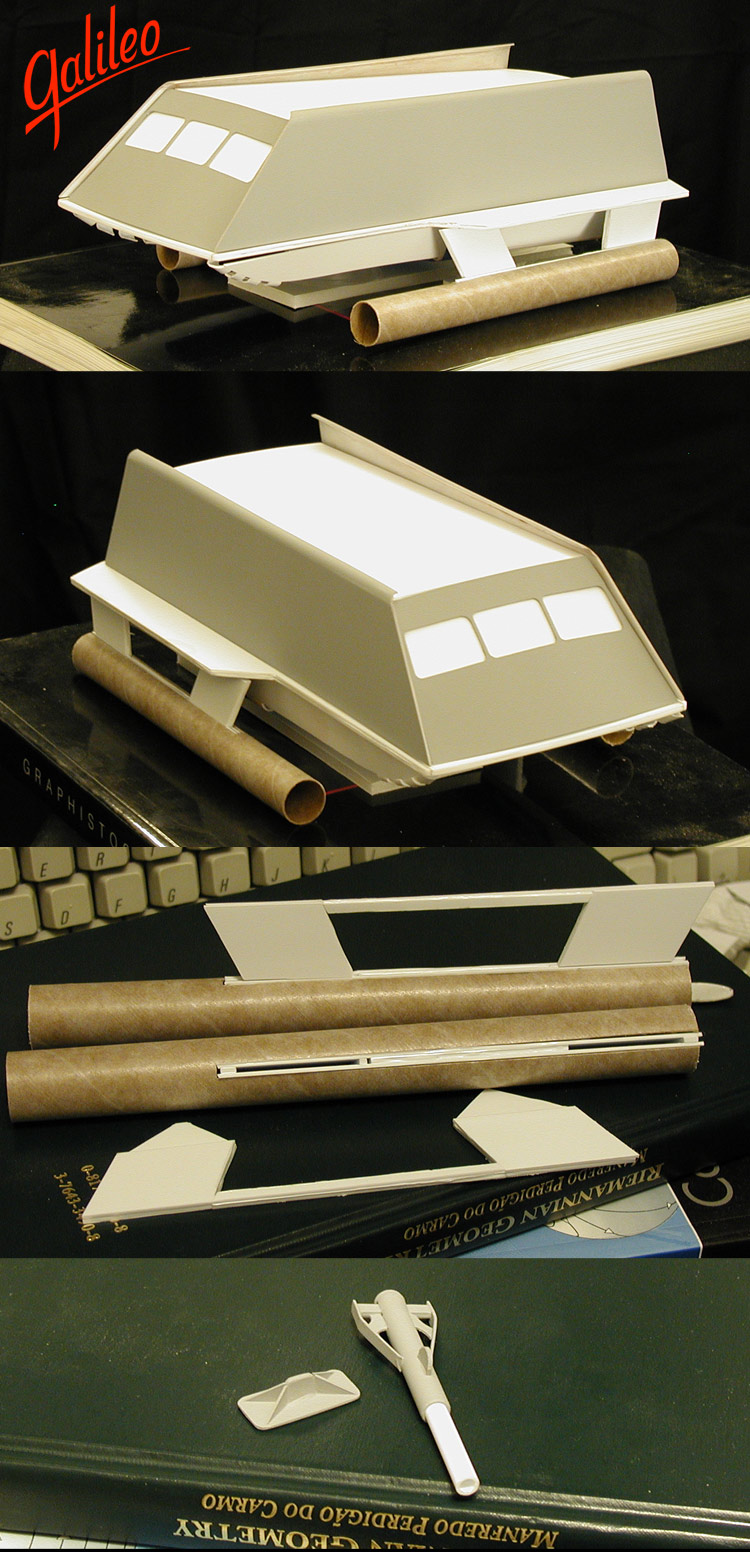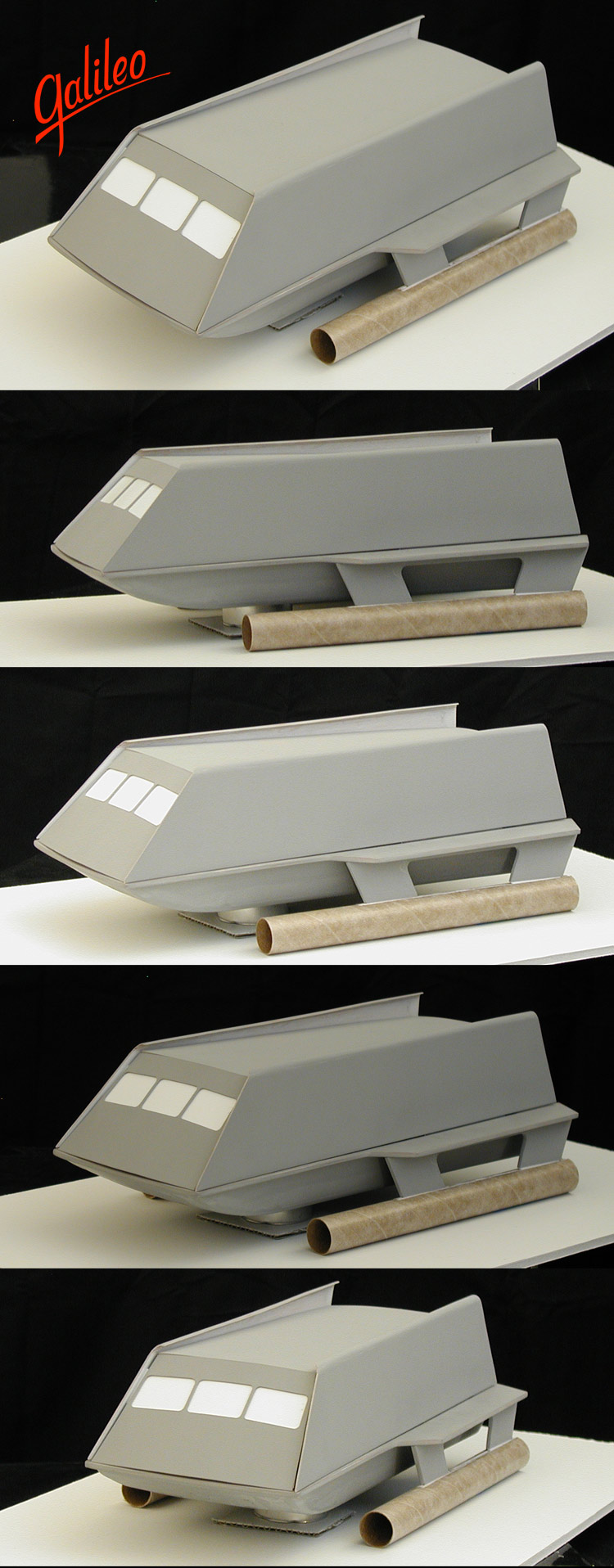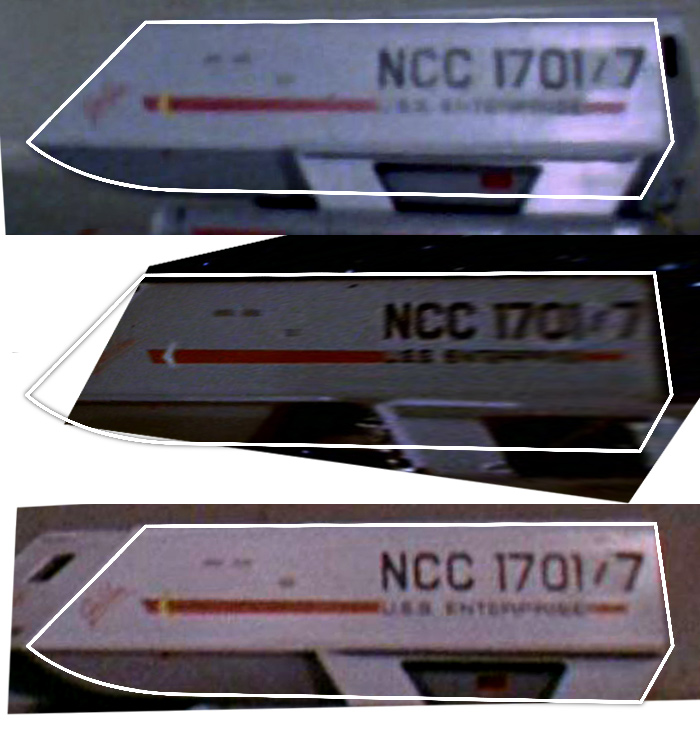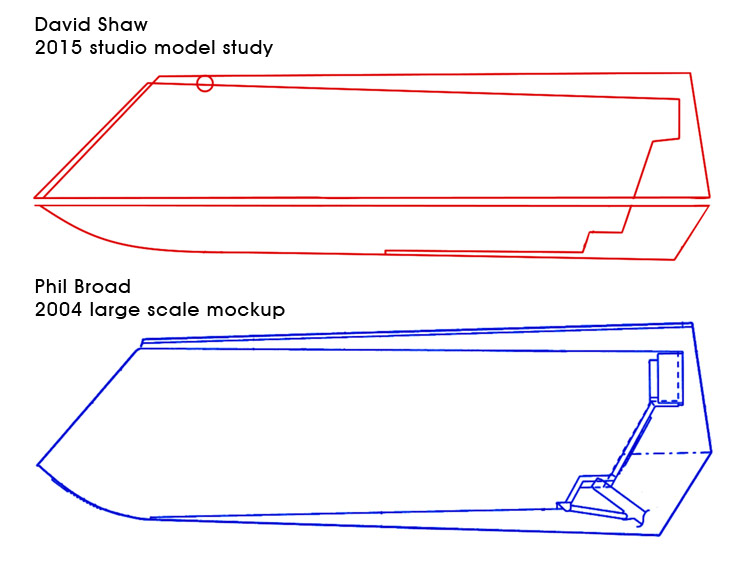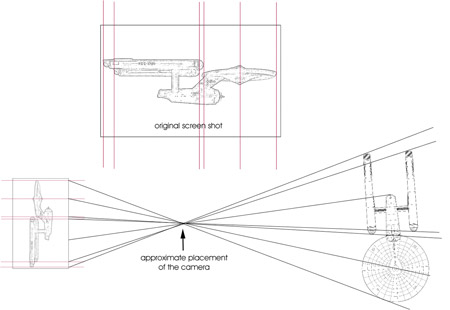Shaw
Well-Known Member
Over the weekend I sketched out plans of the Galileo studio model based on reference photos I had on hand and decided that I should cross check them by building a model. When I looked at doing a studio scale representation, it knocked itself out of what I could afford (in both time and money) right now... but half studio scale seemed to be okay.
This model takes a back seat to the 33 inch TOS Enterprise, but any time I find myself some free time (I'm waiting for materials to be shipped to me to make molds and cast the first major parts of that model), I'll throw some effort in this projects direction.
Today I printed out templates and started cutting out parts... not much to it so far.
This model takes a back seat to the 33 inch TOS Enterprise, but any time I find myself some free time (I'm waiting for materials to be shipped to me to make molds and cast the first major parts of that model), I'll throw some effort in this projects direction.
Today I printed out templates and started cutting out parts... not much to it so far.

